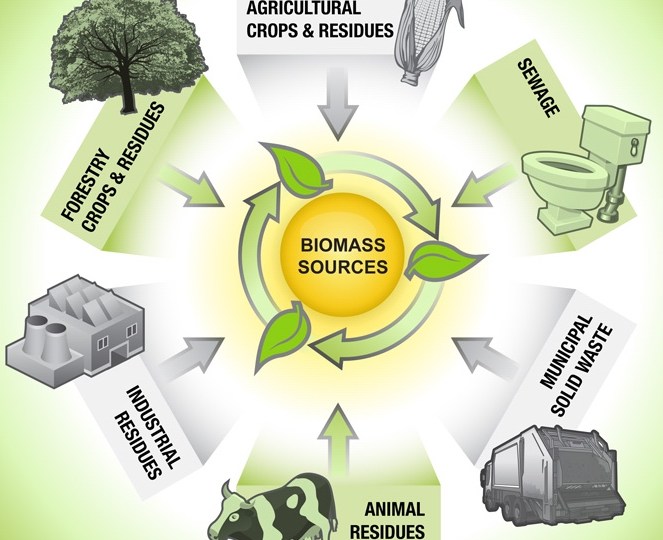Biomass is a key renewable energy resource that includes plant and animal material, such as wood from forests, material left over from agricultural and forestry processes, and organic industrial, human and animal wastes. The energy contained in biomass originally came from the sun. Through photosynthesis carbon dioxide in the air is transformed into other carbon […]
Biomass as Renewable Energy Resource








































